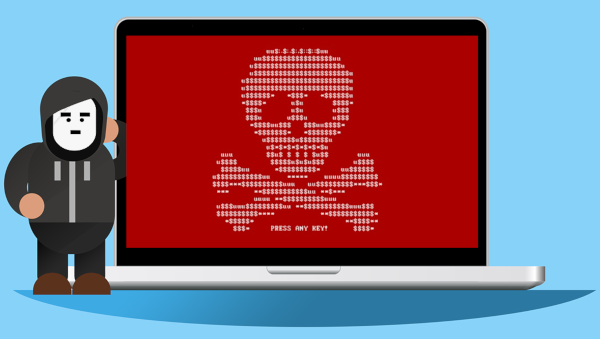
If you want to scare someone in computing then start talking to them about ransomware. There are few things as scary for IT professionals as the prospect of systems locking up with hackers demanding money to return things back to normal.
When discussing it, you may notice them breaking into a sweat and starting fidgeting as they contemplate one of the most terrifying cybersecurity threats computer users face.
What Is Ransomware?
Ransomware is a type of malware (malicious software) that infects computers and then encrypts the data on the computer and network. Users can then not access their files unless they pay a ransom tot he bad guys! If the user doesn’t have a backup they can resort to paying the ransom and the cybercriminals provide a key which may (and in some cases may not) unencrypt the files.
How does ransomware spread?
There are several ways that ransomware can get into computers:
- Email Attachments. Email is one of the most common entry points into systems. The bad guys will send files that trigger a ransomware infection when opened. The malware then infects your computer and then spreads across your network.
- Bad links. Another common way to spread ransomware is via bad URL links. These links can be on websites or in emails and once clicked they download ransomware. This ‘drive-by downloading’ can happen without anybody noticing that anything has happened until it’s too late.
These bad files and links are not always easy to spot as cybercriminals are getting smarter in the ways they try to persuade people to do what they want them to do. A growing trend is for cybercriminals to pose as trusted people, like a client, work colleague or friend. They then ask you to do something urgently before you have the time to think things through and realise something is amiss.
This isn’t a modern crime – ransomware has been around for years
A lot of people think this is a modern type of crime in the cyberworld but in fact, it has been around since the late 1980s! Today with modern computers, the internet and cryptocurrencies ransomware has flourished.
Two infamous ransomware attacks
1. WannaCry: The WannaCry ransomware attack spread widely in 2017. With more than 200,000 computers in over 100 countries infected the attack took down many computers and networks. The ransomware exposed weaknesses in critical IT systems, like those in hospitals and factories.
One of the hardest-hit victims was in the United Kingdom with the National Health Service (NHS) hit big time. Everything from operating theatre equipment, MRI scanners, and other computers essential for the operating of hospitals were left useless and unfortunately, patients suffered.
2. NotPetya: NotPetya is less well-known than WannaCry but the financial costs are estimated to have been far higher. It mainly spread among businesses due to the early infection of a major financial software vendor. The estimated cost of this ransomware is around $10 billion.
While the NotPetya attack impacted computers around the world around 80% of the cases are estimated to have been in Ukraine.
Don’t Live in Fear
If you want to keep ransomware off your computers, working with the right IT Partner company will offer your business the level of protection you need to do your work without the fear of ransomware putting a stop to your business. Contact DP Computing today to help you take the first step to protect your precious data and equipment!
